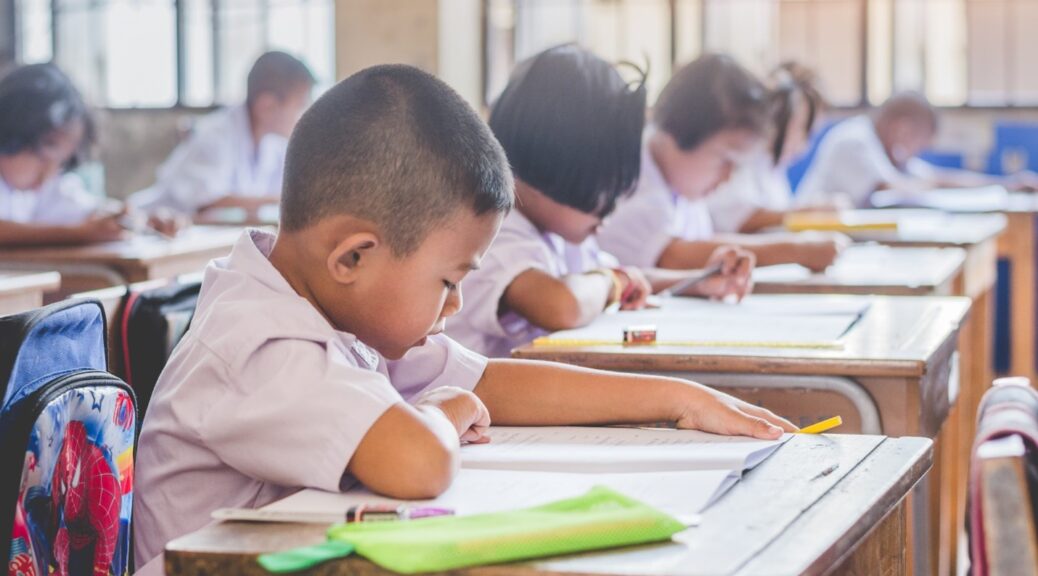In recent years, the global conversation about racial inequality has become more urgent and widespread, highlighting the need for systemic change in many areas, including education. Schools play a crucial role in shaping young minds and are uniquely positioned to address racial inequality through social education. By incorporating lessons on racial equality and justice, the education system can help foster a more inclusive and equitable society. Here are some strategies for effectively integrating these important lessons into the curriculum.
1. Curriculum Diversification
One of the most effective ways to address racial inequality is to diversify the curriculum. This involves including a wider range of perspectives and voices in educational materials, particularly those of marginalized communities. Textbooks and reading lists should feature authors from diverse racial and ethnic backgrounds, and course content should reflect the contributions of these communities to history, science, literature, and the arts. By exposing students to a broader spectrum of experiences and narratives, educators can help them develop a more nuanced understanding of the world.
2. Teacher Training and Development
Educators play a pivotal role in shaping the classroom environment and guiding discussions on race and equality. Providing teachers with professional development opportunities focused on cultural competency and anti-racist teaching practices is essential. Training should equip teachers with the tools and confidence to facilitate difficult conversations about race and inequality, address their biases, and create inclusive classrooms where all students feel valued and heard.
3. Encouraging Critical Thinking
Critical thinking is a vital skill that can empower students to question societal norms and challenge injustices. Schools should encourage students to engage in critical discussions about race, privilege, and power dynamics. This can be achieved through debate, group projects, and inquiry-based learning, where students are prompted to explore complex issues, analyze different perspectives, and develop their conclusions. Encouraging critical thinking helps students become more empathetic and socially aware individuals who can actively participate in creating a fairer society.
4. Promoting Empathy and Understanding
Social education should also focus on building empathy and understanding among students. Activities that encourage students to share their experiences and listen to others can help break down stereotypes and prejudices. Schools can organize workshops, cultural exchange programs, and collaborative projects that bring together students from diverse backgrounds. By fostering empathy, schools can create a sense of community and solidarity among students, which is crucial for combating racism and promoting social justice.
5. Involving the Community
Addressing racial inequality requires a collective effort that extends beyond the classroom. Schools should collaborate with parents, local organizations, and community leaders to create a supportive network that reinforces the values of equality and justice. Community involvement can take many forms, such as guest speakers, volunteer programs, and partnerships with organizations working towards racial justice. These collaborations can provide students with real-world examples of how individuals and groups are working to address racial inequality and inspire them to become active participants in their communities.
6. Continuous Evaluation and Adaptation
To ensure that efforts to address racial inequality are effective, schools must continuously evaluate and adapt their approaches. This involves seeking feedback from students, teachers, and the community, and using that feedback to make informed changes to the curriculum and teaching methods. Schools should also stay informed about the latest research and best practices in social education to remain effective and relevant in their efforts to promote racial equality.
In conclusion, addressing racial inequality through social education is a multifaceted endeavor that requires commitment and collaboration from educators, students, and the community. By diversifying the curriculum, training teachers, encouraging critical thinking, promoting empathy, involving the community, and continuously evaluating their efforts, schools can play a significant role in fostering a more equitable and just society. Through these strategies, education can become a powerful tool for change, helping to dismantle systemic racism and build a future where equality and justice are fundamental values.
